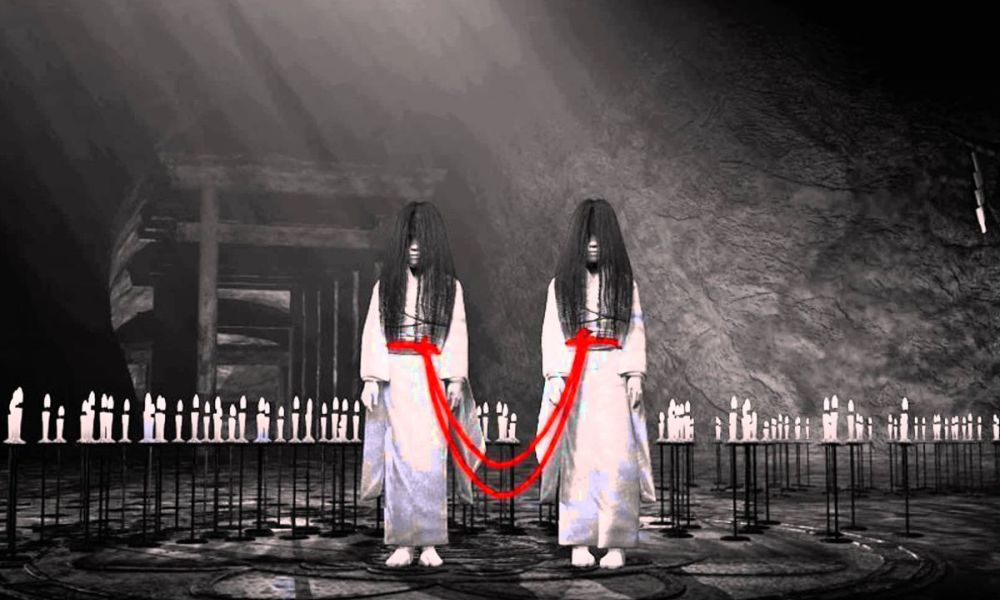Censorship in Video Games
/Photo by Mathew Rym on Unsplash
Everyone knows the game Mortal Kombat. Developed by Midway Games in 1992, the video game ended up being synonymous with violence. How many of you know of the other two video games that are responsible for bringing about the Entertainment Software Rating Board (ESRB)? Mortal Kombat, Night Trap, and Lethal Enforcers brought the early 90’s to a screeching halt and Senate hearing dates were put in place to talk about the issue of violence in gaming. People were scared, for their kids and for themselves.
Things were changing so fast: MTV was mainstream, rap and rock were popular and video games were evolving at an alarming rate.
The Parents Music Resource Center made a list of 15 songs they labelled as the Filthy Fifteen, demanding that these songs be banned from ever being played on radio. Television was walloped by parental groups, as well. While these forms of media were under fire by parents, so was the video game industry.
“Lacking its own ingenuity, the parasite fears the visionary. What it cannot plagiarize, it seeks to censor. What it cannot regulate, it seeks to ban." - Andrew Ryan
Owned by Irrational Games
Because of all this scare and fear in the media in addition to the political aspect, people started to demand more information. The government gave the video game industry two choices: one was to create their own rating system, one that could inform parents and children just what kind of content was in the game. The other choice was to allow the government to set up a rating system of their own. Many people disliked the idea; people called it censorship, with few people believing that the industry was doing an effective job policing itself. Sadly, the other side of this debate was much louder — many wanted video game producers to quit making graphic video games.
This resulted in the formation of the ESRB, an independent organization. People on either side of the debate raised concerns that the standalone watchdog would start pushing to silence creators for their ideology or their inclusiveness, as Abdul R. Siddiqui points out in his own conversation of the censorship in video games.
For those who do not know the ratings of the ESRB, they are:
E - For everyone,
E10+ - For children above the age of 10,
T - For Teens,
M - for Mature (17+), and finally:
AO - Adult only.
Currently there are only 27 AO-rated games, and you cannot get them in any store. Most retailers will not sell games with an AO rating.
I am sure many of you are wondering why am I so fixated on the ESRB when there are other organizations like it around the world. Well, for me it's rather simple: where do we draw the line when we put an age restriction on art?
Owned by Naughty Dog
Video games are an art form and there is a large movement to have the medium recognized as such. To a majority of gamers, these games force us to experience another person's life. Or a play that gamers can directly control. Or a symphony to inspire tears. Or a novel that can make you fall in love. Or cinematography that could rival the greatest of cinema. (And also — how great is this scene?!)
I can understand putting ratings on video games. You cannot expect a 10-year-old to go through the streets of Rapture in Bioshock and be able to pick up on Ayn Rand’s philosophies. You cannot expect a child to understand the connection of a father to a daughter like in The Last of Us. These games make gamers think, feel and experience something that they themselves can direct. How can we allow art to be held back from fully realizing itself? By censoring video games, by making it unprofitable to express a story to its full conclusion, is that not infringing upon freedom of speech?
Art by my good friend, Ari.
Jacky-lulu
Hello reader, this is Jacky, a long time gamer and an admirer of the written word. As an Algonquin student, I have learned much in this program, and I can't wait to learn more. Here is hoping that it does not blow up in our face! Watch the train wreck as it happens in slow-mo.
































